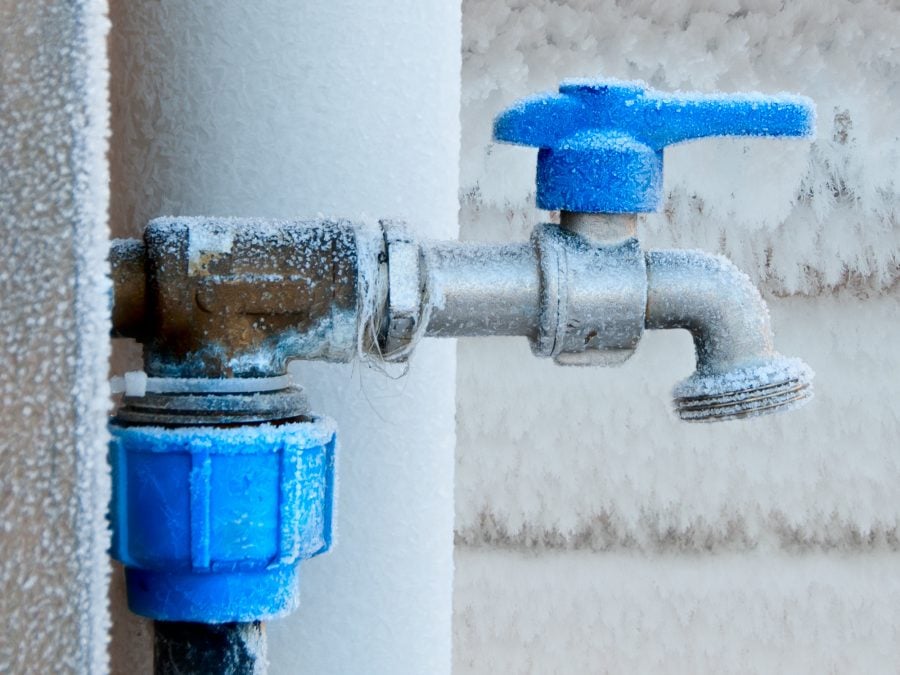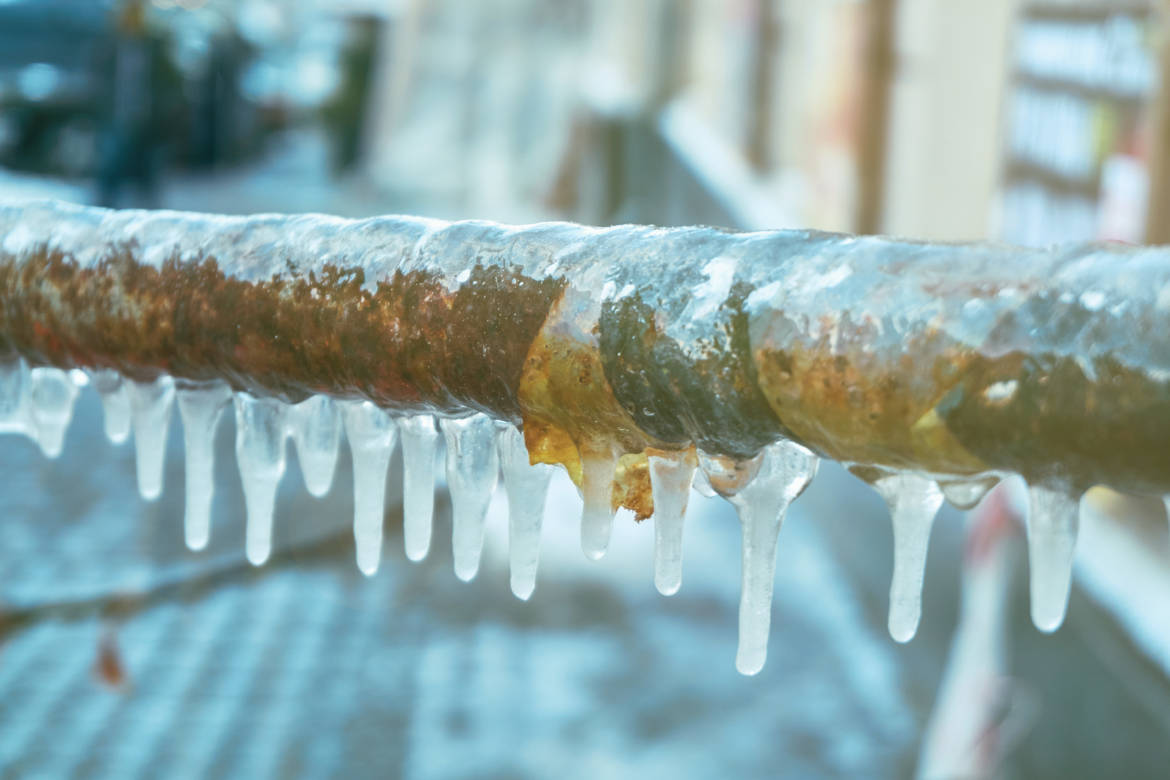Avoiding Frozen Pipes: Effective Tips for Winter
Avoiding Frozen Pipes: Effective Tips for Winter
Blog Article
In this article down the page you can find lots of superb content concerning Prevent Frozen Pipes .

Winter can wreak havoc on your plumbing, especially by freezing pipelines. Right here's exactly how to prevent it from happening and what to do if it does.
Intro
As temperature levels decrease, the risk of icy pipelines boosts, potentially leading to pricey fixings and water damage. Understanding just how to avoid frozen pipelines is vital for house owners in cold environments.
Prevention Tips
Shielding susceptible pipes
Wrap pipes in insulation sleeves or make use of warmth tape to safeguard them from freezing temperature levels. Concentrate on pipelines in unheated or exterior locations of the home.
Heating methods
Maintain interior areas effectively heated, specifically areas with plumbing. Open cabinet doors to enable cozy air to flow around pipes under sinks.
Exactly how to recognize icy pipelines
Look for decreased water flow from faucets, unusual odors or noises from pipes, and visible frost on exposed pipes.
Long-Term Solutions
Structural adjustments
Think about rerouting pipes away from exterior walls or unheated areas. Include added insulation to attic rooms, basements, and crawl spaces.
Upgrading insulation
Buy high-quality insulation for pipelines, attics, and wall surfaces. Appropriate insulation helps keep constant temperatures and reduces the threat of frozen pipelines.
Securing Outdoor Plumbing
Yard hoses and exterior faucets
Separate and drain yard hose pipes prior to winter season. Install frost-proof faucets or cover exterior faucets with shielded caps.
Understanding Icy Pipes
What triggers pipelines to freeze?
Pipes ice up when exposed to temperatures listed below 32 ° F (0 ° C) for expanded periods. As water inside the pipes freezes, it broadens, taxing the pipeline walls and potentially causing them to break.
Threats and problems
Frozen pipes can cause water disruptions, property damage, and pricey repair services. Burst pipes can flood homes and trigger substantial structural damage.
Indicators of Frozen Piping
Recognizing icy pipes early can prevent them from breaking.
What to Do If Your Pipelines Freeze
Immediate actions to take
If you suspect icy pipes, keep taps available to ease pressure as the ice thaws. Use a hairdryer or towels taken in hot water to thaw pipelines slowly.
Verdict
Stopping frozen pipelines needs aggressive steps and fast actions. By recognizing the causes, signs, and preventive measures, home owners can protect their plumbing during winter.
6 Proven Ways to Prevent Frozen Pipes and Protect Your Home
Disconnect and Drain Garden Hoses
Before winter arrives, start by disconnecting your garden hoses and draining any remaining water. Close the shut-off valves that supply outdoor hose bibs and leave the outdoor faucet open to allow any residual water to drain. For extra protection, consider using faucet covers throughout the colder months. It’s also important to drain water from any sprinkler supply lines following the manufacturer’s directions.
Insulate Exposed Pipes
Insulating your pipes is an effective way to prevent freezing. Pipe insulation is readily available at home improvement stores and is relatively inexpensive. Pay close attention to pipes in unheated areas such as the attic, basement, crawl spaces, or garage. Apply foam insulation generously to create a buffer against the cold. You can also wrap your pipes in heat tape or thermostat-controlled heat cables for added warmth.
Seal Air Leaks
Inspect your home for any cracks or openings that could let in cold air. Seal any holes around the piping in interior or exterior walls, as well as the sill plates where your home rests on its foundation. Additionally, make sure to keep your garage door closed unless you’re entering or exiting. Leaving it open creates a significant air leak that can lead to frozen pipes.
Allow Warm Air Circulation
During cold snaps, it’s essential to allow warm air to circulate evenly throughout your home. Leave interior doors ajar to promote better airflow. Open kitchen and bathroom cabinets to help distribute heat consistently around the rooms. If you have small children or pets, be sure to remove any household chemicals or potentially harmful cleaners from open cabinets for safety.
Let Faucets Drip
A small trickle of water can make a big difference in preventing ice formation inside your pipes. When temperatures drop significantly, start a drip of water from all faucets served by exposed pipes. This continuous flow helps prevent the water from freezing. Additionally, running a few faucets slightly can relieve pressure inside the pipes, reducing the chances of a rupture if the water inside does freeze.
https://choateshvac.com/6-proven-ways-to-prevent-frozen-pipes-and-protect-your-home/

Do you appreciate reading up on How to prepare your home plumbing for winter weather? Give a short review down below. We will be happy to find out your suggestions about this posting. In hopes to see you back again in the near future. Appreciated our review? Please quickly share it. Help other people locate it. We cherish your readership.
Need Help? Hire Us Now! Report this page